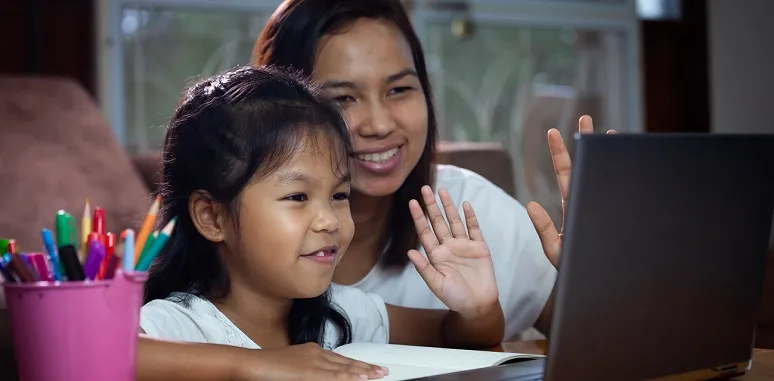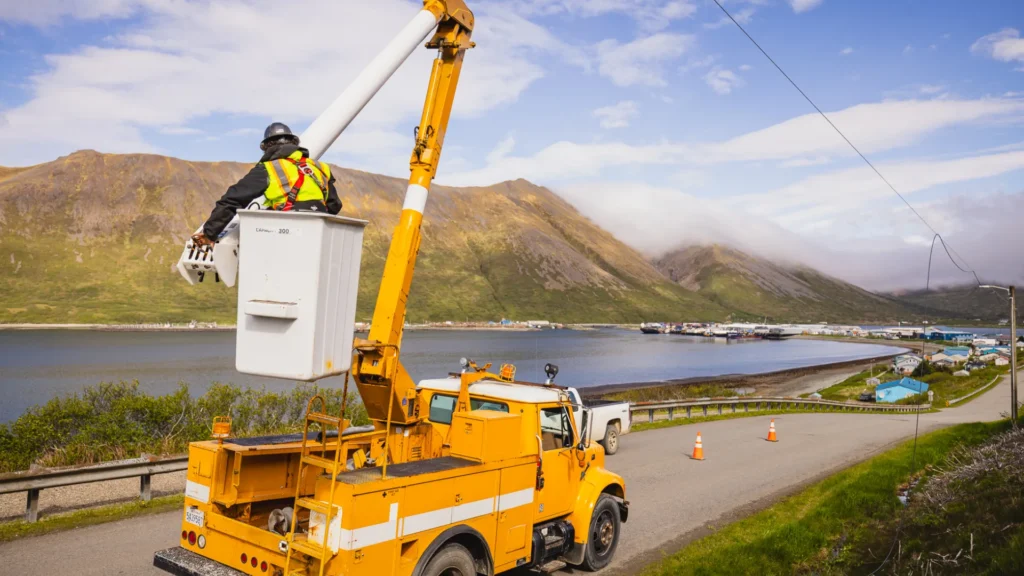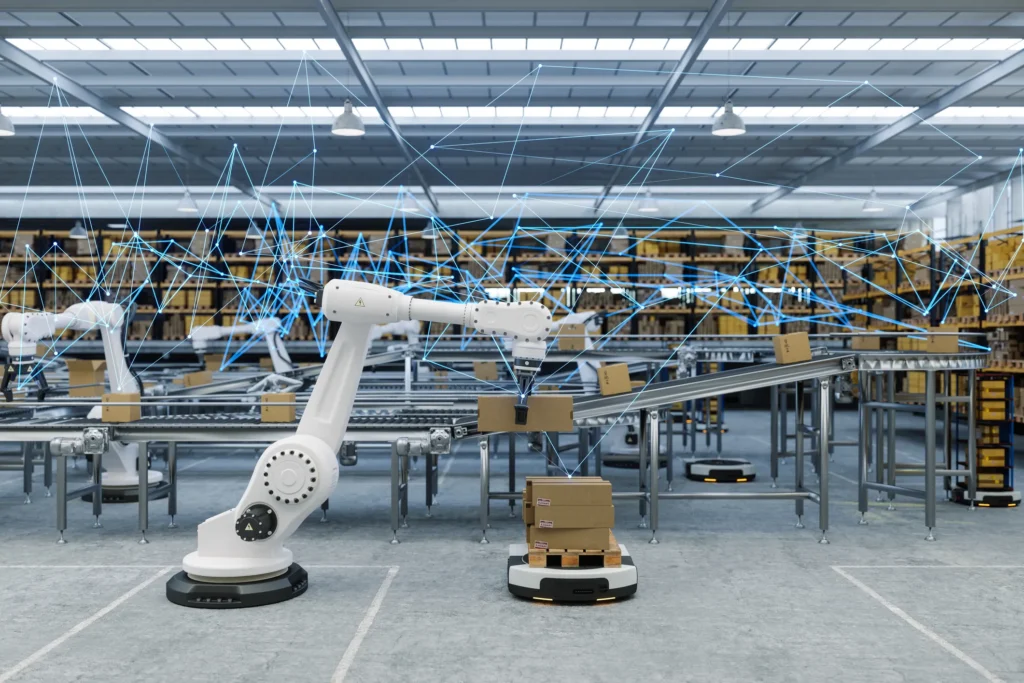Today, schools and communities nationwide are sharing best practices on distance learning in honor of Digital Learning Day. Launched 10 years ago by the Alliance for Excellent Education, Digital Learning Day is a time to not only celebrate the innovative instruction happening online, but to advocate for closing the digital divide so that every child can experience digital learning. Never has this issue been more pronounced than during the COVID-19 pandemic, and cable operators have been doing their part to ensure that students have the tools they need to continue their schooling online.
The cable industry has long been engaged in a variety of education initiatives. These include partnering with schools in the communities they serve, providing funding for connected devices for students to complete school work at home, offering digital resources and training in after-school programs and libraries, and connecting over 10 million people to internet access through its low-cost broadband adoption programs. But these days, cable operators recognize that every day is “Digital Learning Day” for students who have been learning at home during the pandemic. That’s why NCTA’s members have been doubling down on their efforts to connect as many student households to the internet as possible over the past year.
Last spring, over 100,000 schools across the United States closed their doors due to the global health crisis and forced 55 million students and teachers to transition to distance education. The digital divide became more visible than ever before when school districts found that portions of their student populations—many who were lower income or students of color—lacked reliable internet at home. Communities all over the country rallied their efforts to solve this problem and cable ISPs mobilized quickly. From working with school districts to identify those families without high-speed internet at home, to installing free service for eligible families so that students could continue their education virtually from home, to forming local coalitions to come up with long-term connectivity and funding solutions, cable operators stepped up big time.
Early last fall, NCTA partnered with EducationSuperHighway and launched the K-12 Bridge to Broadband program in order to capture the success of some of these distance learning initiatives underway, and to provide guidelines to school districts based on these models and best practices. Through sponsored service agreements, the program’s framework offers recommendations on how schools and ISPs can work together to get students the connectivity and tools they need to create a successful learning environment. Many of these “model” initiatives began as early as March, when stay-at-home orders were first issued, and evolved throughout the year to meet the needs of each district’s students.
In Des Moines, Iowa, Mediacom built on the district’s virtual school offering already in place to quickly transition the student population to an entirely remote learning environment and hustled to connect those students without services in their homes. Mediacom also entered into a bulk-service agreement with Waterloo Community Schools to connect hundreds of student households in the district that lacked internet service.
Then in Chicago, Comcast and Chicago Public Schools launched “Chicago Connected” with the help of CARES funding and philanthropic partners. The program aims to connect over 100,000 students to free internet service over the next four years. Comcast has launched similar sponsored service agreements in cities across the country, including Atlanta, Sacramento, Pittsburgh, Portland, Ore., and Washington, D.C.
And in Louisiana, Cox worked with school districts and the Bernhard Family Foundation to bring connectivity to low-income parishes in New Orleans and Baton Rouge. The ISP also launched a distance learning initiative in Tulsa, Oklahoma, where 95% of students from the city’s public schools qualified for free and reduced lunch.
These are a just a few examples of the myriad of partnerships and sponsored service agreements that are making a difference for millions of students in every region of the country. New initiatives and partnerships are forged every day as cable operators heavily invest in the vitality and success of the communities they serve. While there is still work to be done, the cable industry continues to collaborate with school districts, local governments, foundations and community organizations to advocate for an equitable education for every child in America. Ensuring that every student has access to internet connectivity in their home is a critical component to making this possible.









